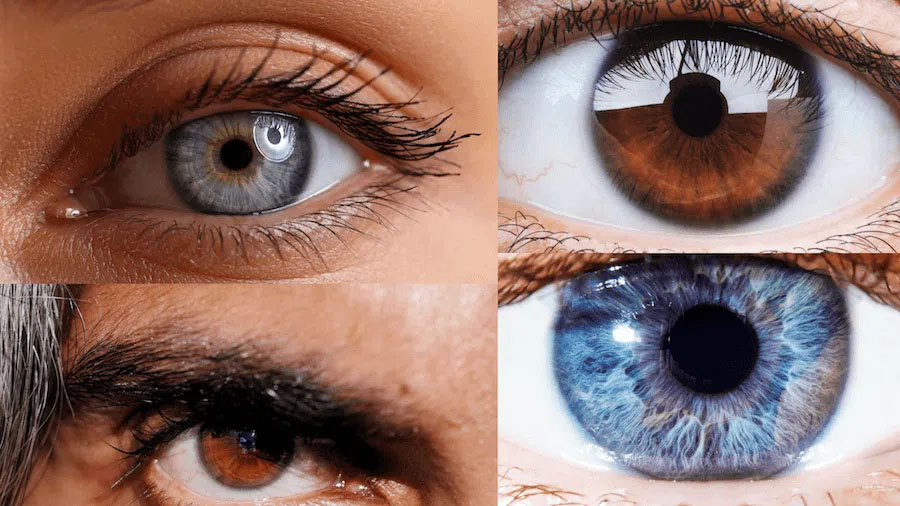
Kataria Eye & ENT Hospital Pvt. Ltd. Jalandhar is fully equipped with advanced technologies for the treatment of all kinds of Corneal disorders – the latest being Oculus Pentacam , the gold standard Corneal Topographer .We aim to provide comprehensive ophthalmic services with latest technologies under one roof while offering the finest quality of eye care.
Treatments are tailored to individual disease and patient. Treatment might include medications, minor procedures, C3R or Lasik Surgery depending on the condition.
What is the Cornea?
The cornea is the eye’s outermost layer. It is the clear, dome-shaped surface that covers the front of the eye. It plays an important role in focusing the light rays on to the retina. The cornea contains no blood vessels to nourish or protect it against infection
What does the Cornea do?
The cornea acts as a barrier against dirt, germs, and other particles that can harm the eye. The cornea shares this protective task with the eyelids and eye sockets, tears, and the sclera (white part of the eye). The cornea also plays a key role in vision by helping focus the light that comes into the eye. The cornea is responsible for 60% the eye’s total focusing power.
The cornea and lens in the eye act as the camera lens. The retina is like the film (in older cameras), or the image sensor (in digital cameras). If the image is not focused properly, a blurry image is formed. The principle of the refractive surgery done these days is to re-shape the cornea so that a focused image is formed on the retina.
The cornea also serves as a filter that screens out damaging ultraviolet (UV) light from the sun. Without this protection, the lens and the retina would be exposed to injury from UV rays.
Symptoms of Corneal Disorder
- Pain in the eye
- Decreased vision or blurry vision
- Sensitivity to light( Photophobia)
- Redness or inflammation in the eye( Congestion)
- Watering and swelling of the lids
Common Corneal Disorders
1. Corneal Ulcers – Corneal Ulcers are due to a bacterial,Viral, Fungal infections that affects the cornea often following- eye injury, trauma, severe dry eyes, auuto immune disorders or incorrect wear of contact lenses. Most important step is to immediate visit to an eye doctor. Untreated corneal ulcers can lead to vision loss or even loss of the eye. Treatment usually includes frequent application of eye drops. Some cases of corneal ulcers will require a Corneal Transplant. The prognosis of good vision depends on the extent of infection and early management.
2. Keratoconus – Normally the corneal is dome-shaped, like a watch glass. Sometimes the structure of the corneal is not strong enough to hold this round shape and bulges out like a cone. This is called Keratoconus. Corneal changes can result in blurred vision ,double or triple images, glare and haloes at night. The most common way of diagnosing it is through Corneal Topograhy. It is important to do this test regularly for children with family history of Keratoconus. Treatment usually starts with eyeglasses and antiallergic drops . If eye glasses don’t provide adequate vision then Rigid Contact lenses are prescribed .Corneal Collagen Crosslinking with Riboflavin(C3R) is often effective to prevent worsening and is currently advised as early treatment option to prevent progression of the disease. Accelerated C3R option is also available. It is done under UVA light to increase the linkage between the collagen fibres.
3. Pterygium – is a wedge shaped growth of the conjunctival membrane over the cornea. Though exact cause is unknown , over exposure to UV light, warm climate and long hours of outdoor work in the sun are the main precipitating factors .Surgery is done if it is causing irritation in the eye or is increasing in size and causing a decrease in vision.
Latest surgical techniques for Pterygium surgery like Conjunctival Autografting and Limbal stem cell grafting are commonly done at Kataria Hospital.




